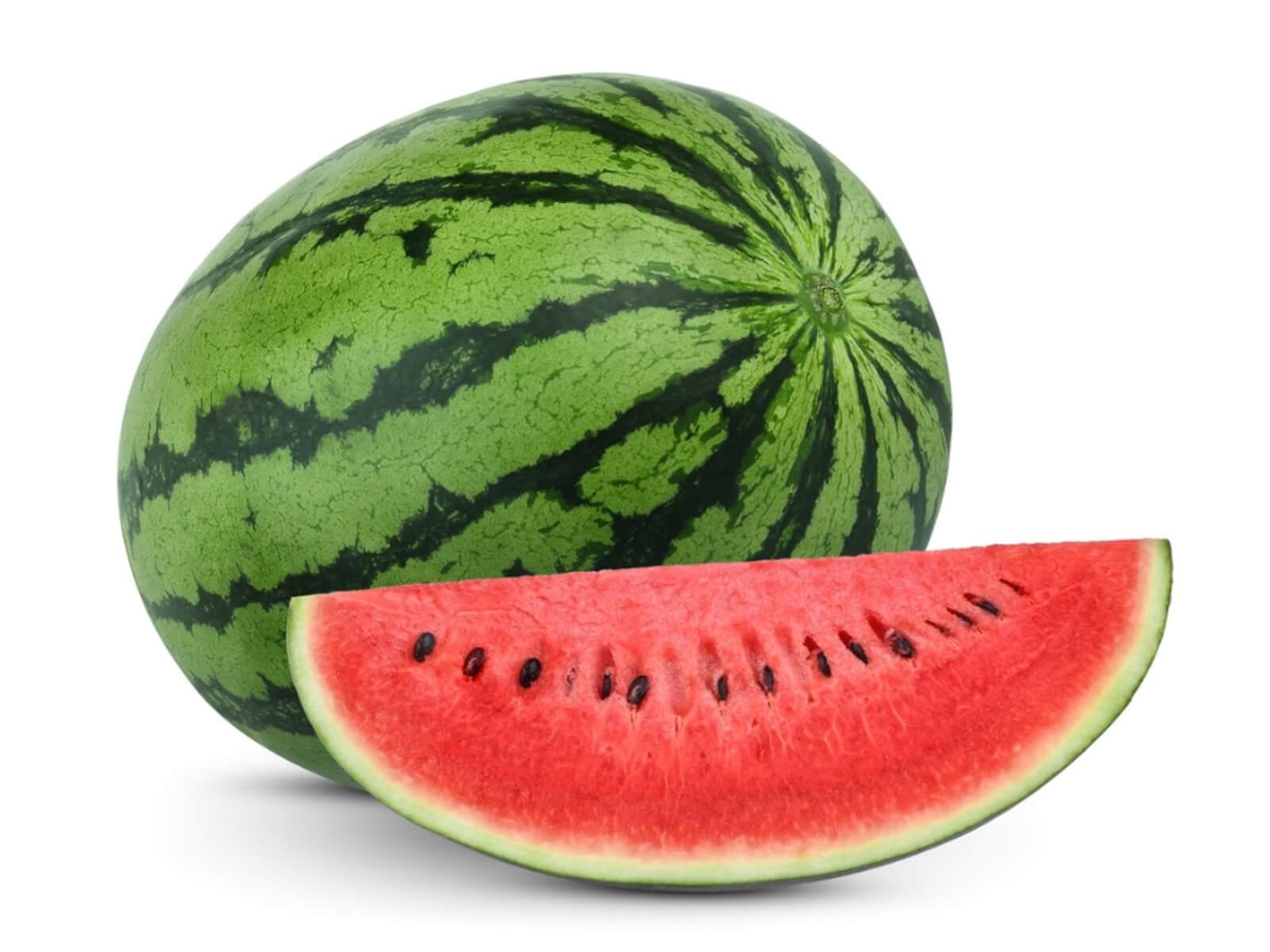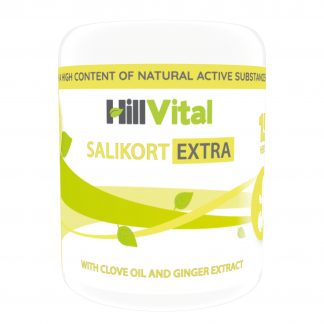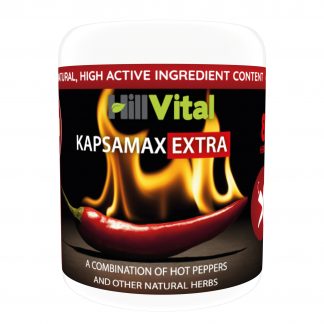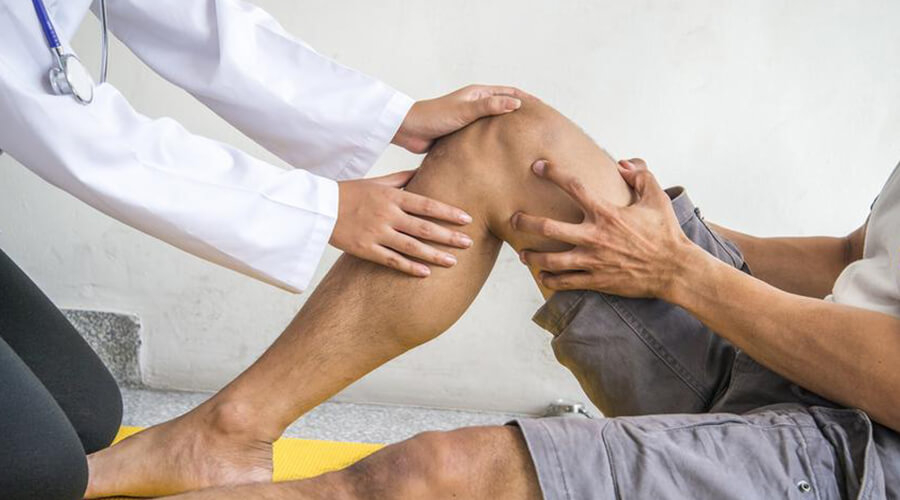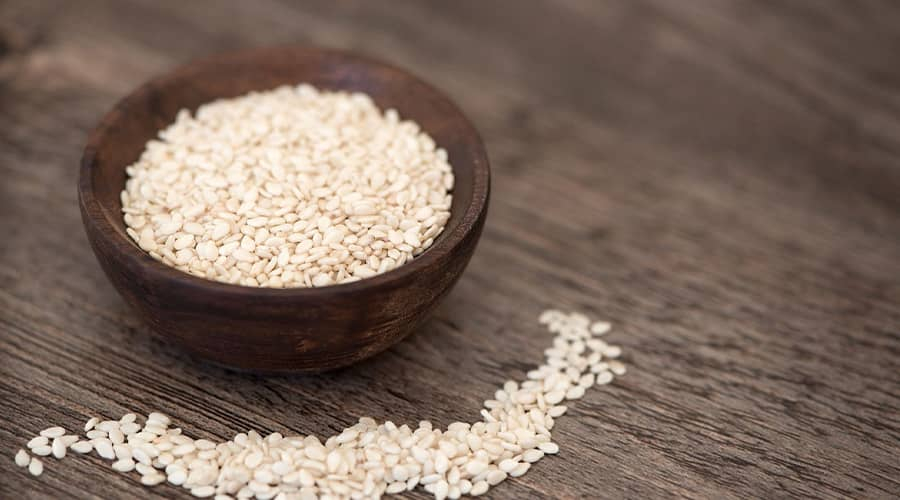
Hormonal imbalance can often lead to sudden bursts of anger, rage, fear, depression and mood swings.
More serious problems can develop, such as loss of libido, infertility, menstrual problems.
Don’t ignore the signs below, get the problem fixed in time!
6 signs that the balance is out of balance
1. Constant hunger pangs
Hormonal imbalance can often lead to morbid obesity. We can struggle with constant hunger pangs, with the body constantly craving food.
2. Mood swings
Mood swings can occur rapidly and from one extreme to the other. One minute we may be cheerful, the next minute we may be overcome with great uncertainty and fear.
3. Fatigue
A rise in cortisol, which is responsible for stress, can lead to a constant feeling of fatigue.
4. Unnecessary weight gain
If you keep gaining weight despite regular exercise, it could mean that your hormonal balance is upset and your metabolism is not working properly
5. Reduction of libido
Estrogen and testosterone imbalances, but often also vaginal dryness
6. Insomnia
This problem can affect you most during menopause. It is also associated with heavy night sweats, palpitations and restlessness.

What to know about oestrogen dominance
Oestrogen dominance is a hormonal disorder in which oestrogen predominates over the balancing progesterone. Estrogen levels are highest in the first half of the menstrual cycle, followed by progesterone in the second half. In the case of oestrogen dominance, the hormone is always in excess.
Reducing oestrogen
If a specialist deems it appropriate, a reduction in oestrogen may prescribe lifestyle changes and certain nutritional supplements to improve the condition. In this case, it is important to get rid of excess weight as this alone will improve the condition. It is recommended to eat foods that help to improve the metabolism and to avoid foods that are full of artificial ingredients.
The building blocks of the female hormone system are essential vitamins and minerals. It is an extremely complex “machine”, but it should be remembered that it needs vitamins and minerals to function properly, just like any other organ system.
These vitamins are needed to maintain proper hormone balance.
Vitamin C
Vitamin C is an important antioxidant for the body and is essential for the proper functioning of the immune system. Research has shown that vitamin C may play an important role in regulating the menstrual cycle and ovarian function, and in healthy ovulation.
Vitamin D
Almost everyone now knows that we need vitamin D not only for strong bones but also for a well-functioning immune system. But it is much less well known that it is also needed for the production and activity of various hormones, including oestrogen and progesterone.
Magnesium
Magnesium calms the nerves and helps reduce stress, which is good for the menstrual cycle and hormone balance. Adequate intake of magnesium can relieve the symptoms of PMS (especially when combined with vitamin B6) and help prevent menstrual cramps. It supports the breakdown of excess oestrogen, helping to overcome oestrogen dominance and thus reducing the risk of oestrogen dominant conditions such as fibroids.
Zinc
Zinc is a vital trace element, essential for the function of more than 300 enzymes. It contributes to the normal functioning of the immune system. Protects cells against oxidative stress, and plays a role in maintaining normal fertility and reproduction. It plays an important role in the production, storage and utilisation of insulin. Required for the production of thyroid hormones and regulates the menstrual cycle.
Selenium
Selenium is a constituent of more than two dozen so-called selenoproteins, which play an extremely important role in reproduction, thyroid hormone metabolism, immune function and the protection of cells against oxidative stress. A lack of selenium can cause thyroid disorders, fertility problems and increase the risk of complications during pregnancy, childbirth and in the newborn.
Vitamin B6
Vitamin B6 (also known as pyridoxine) is a water-soluble vitamin that is essential for more than 100 types of enzymatic reactions in the body. It is necessary for the normal functioning of the immune and nervous systems, for energy production and for the regulation of hormonal activity. Vitamin B6 may help to increase progesterone levels, thus counteracting one of the main causes of hormonal imbalances, estrogen dominance.

